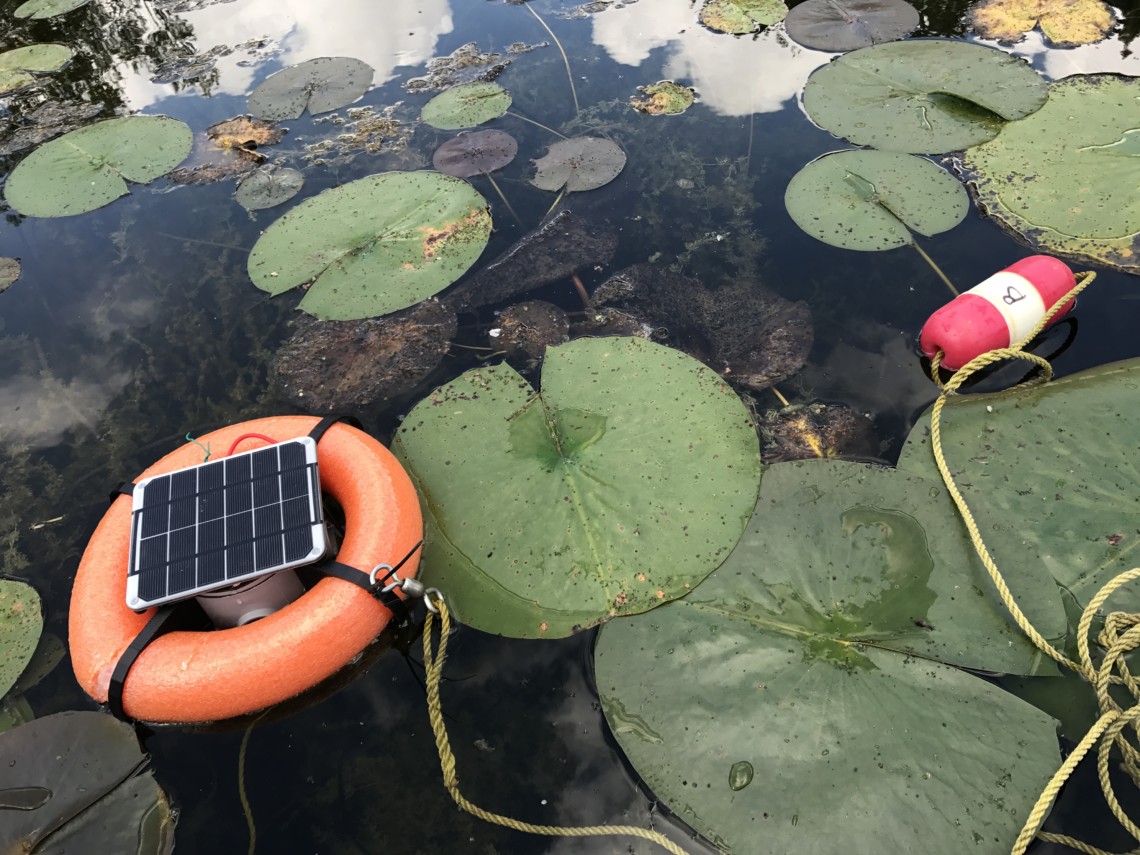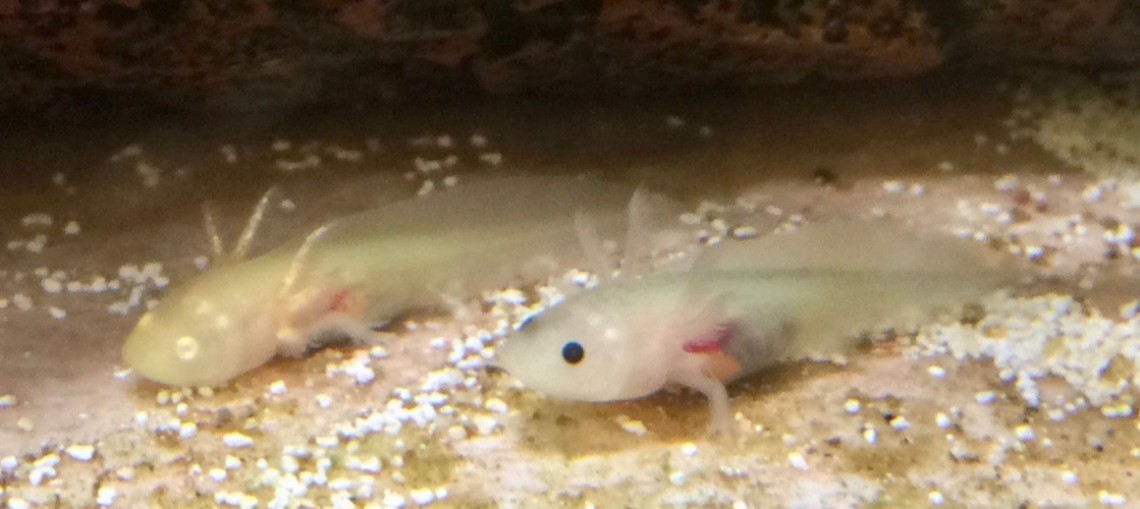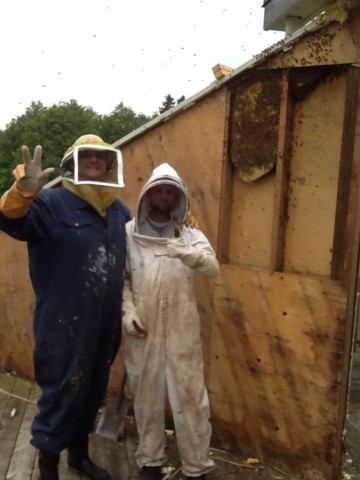Category: Centre
Gr. 12 Populations – Bird Banding (Mark – Recapture/Resight)
SBI 4U – Biology: Mathematical description of how to estimate a population Students participate in a bird banding demonstration, a method used to track changes in bird populations around the world. They are also introduced to relevant legislation around the protection of wildlife and discuss both local and global population declines of birds. We then […]
Read more about Gr. 12 Populations – Bird Banding (Mark – Recapture/Resight) »
Categories: Wrigley Corners
Gr. 12 Aquatic Ecology – Diversity of Living Things (Diversity Matrix)
SBI 4U – Biology Mathematic description of diversity Similar to the grade 9 aquatic ecology. Students collect living things from Golden Pond and quantify abundance. Students are introduced to the concept of biodiversity indices and use the proportional abundance of species to rank how diverse the pond is. We use the Simpsons or Shannon-Wienner Indexes. […]
Read more about Gr. 12 Aquatic Ecology – Diversity of Living Things (Diversity Matrix) »
Categories: Wrigley Corners
Gr. 11 Chemistry of our Water
SCH 3U – Chemistry Colorimetric analysis of water quality In this half-day activity, students visit the Grand River, an Artesian well, and Bannister lake where we discuss local case studies of water contamination (Uniroyal in Elmira, Artificial sweeteners in the Grand River, and nutrient pollution in lake Erie). Back at Wrigley’s an unknown sample is […]
Read more about Gr. 11 Chemistry of our Water »
Categories: Wrigley Corners
Gr. 11 Classification of Living Things (Microscope Study)
SBI 3U/C – Biology Exploration of microscopic flora and fauna. Students will use plankton nets to collect samples of micro-invertebrates from Golden Pond. The samples are brought back to Wrigley corners for examination under microscopes. The students will describe the organisms and create a dichotomous key. Organisms typically caught include cladocera, copepods, amphipodes, stentor, vorticella, […]
Read more about Gr. 11 Classification of Living Things (Microscope Study) »
Categories: Wrigley Corners
Gr. 11 Sustainable Forest Management
SVN 3M/3E – Environmental Science Sustainable Forest Management/Tree Identification: Students work in groups to compare the structure and function of two forest types (Uneven aged deciduous and even aged coniferous). Students complete a variable plot survey assessing the commercial and ecological values of each forest while learning to use common forestry tools (Biltmore sticks, wedge […]
Read more about Gr. 11 Sustainable Forest Management »
Categories: Wrigley Corners
Gr. 11 Advanced Map Skills
Outdoor Education A driving tour of North Dumfries gives us the opportunity to explore the use of topographic maps, compasses, and GPS units in a variety of settings. The students will triangulate their position using landmarks, plot a course from one location to another, measure linear and non-linear distances, determine slope, decide on optimal routes, […]
Read more about Gr. 11 Advanced Map Skills »
Categories: Wrigley Corners
Gr. 9 Terrestrial Ecology
SNC 1D/1P – Biology The Sustainability of Ecosystems – Ecosystems and Human Activity Students work in groups to study, describe and compare several forest communities as they hike a 5 km section of the Grand Valley Trail (Alps Hills). Our objective is to find the oldest, most mature, piece of the Alps Hills Forest. Along […]
Read more about Gr. 9 Terrestrial Ecology »
Categories: Wrigley Corners

Data Buoy Project
Water quality and the health of our aquatic environment is something we talk about a lot at our Environmental Education Centres. When the weather permits we are almost constantly at a pond, stream or river with classes. A typical program involves examining both biotic (living) and abiotic (non living) parts of the aquatic system. […]
Read more about Data Buoy Project »
Categories: Wrigley Corners

Introducing Sally and Amanda
Posted July 18, 2017
VIDEO: Click to view our salamanders in action!
Read more about Introducing Sally and Amanda »
Categories: Blair Tags: Amphibians · axolotl · gastropod · salamander · slug · worm

Busy Bees
Posted July 6, 2017
At the Laurel Creek Outdoor Ed. Centre, we had a swarm of bees move into a wall on our deck. We tried to be tricky and coax them out, but after a few weeks, decided that a more direct approach was best. After opening the wall, we found quite a large hive, with perhaps 15,000 […]
Categories: Laurel Creek · Uncategorized
← Previous 1 2 3 4 Next →